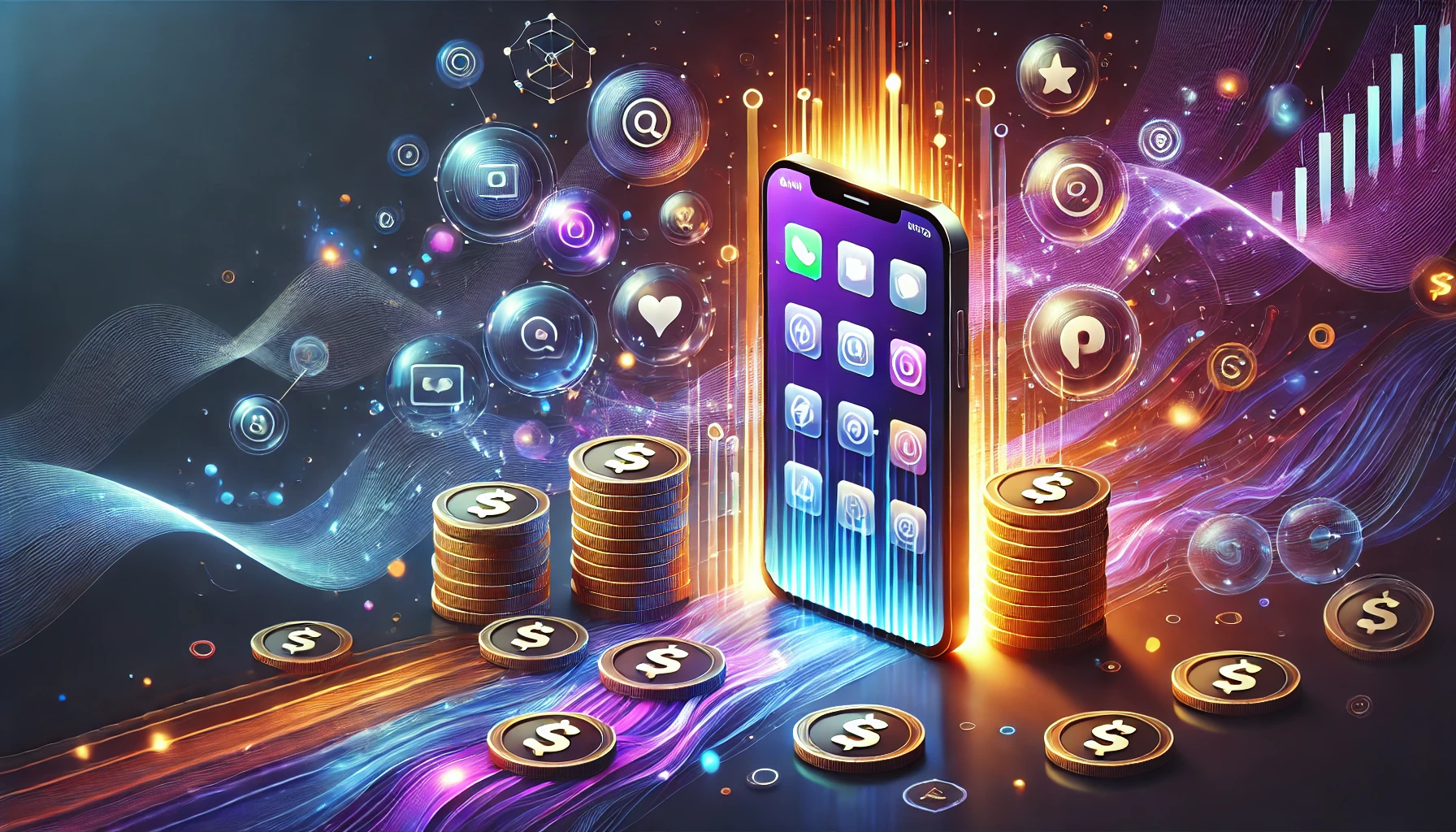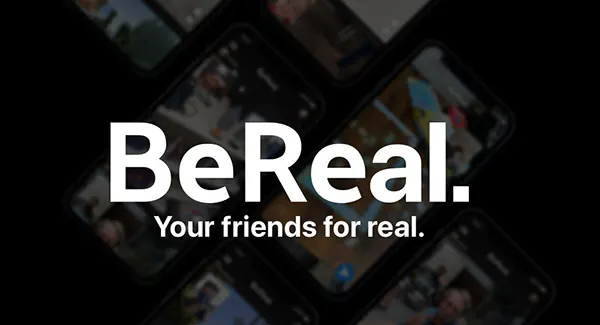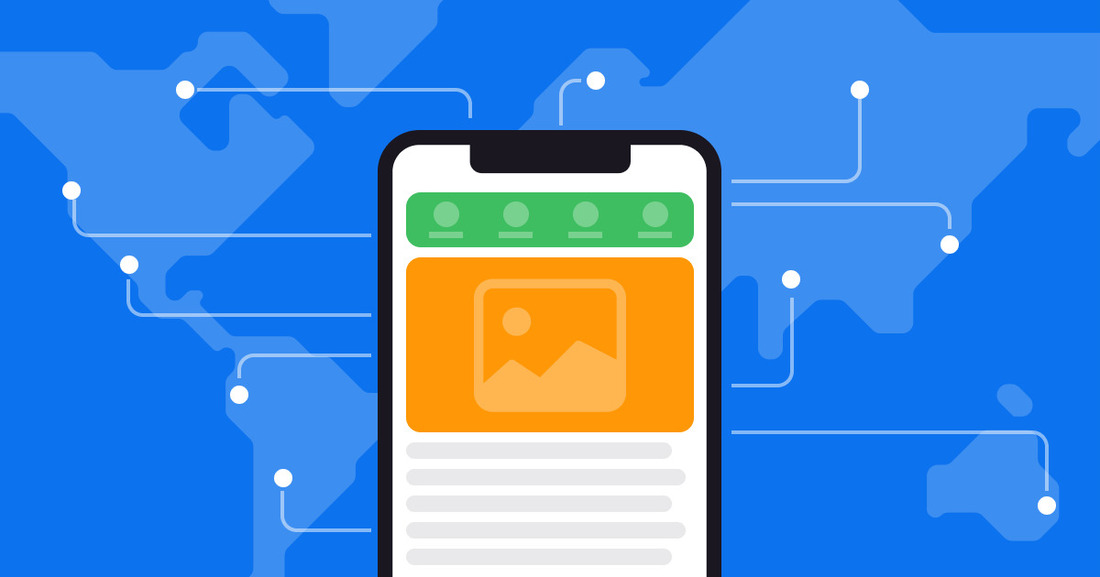
Strategies for Monetising Free Apps: What Works in 2025
Free mobile apps remain the dominant format in the digital world, but monetising them continues to challenge developers. In 2025, new approaches emerge to generate revenue from free apps while maintaining a positive user experience. Let’s explore key strategies that make apps successful.
In-App Purchases: An Effective Incentive for Users
In-app purchases are one of the most efficient ways to monetise free apps. This strategy involves offering additional features, premium content, or virtual goods directly within the app. The success of this approach depends on striking the right balance between free and paid options.
Developers need to focus on creating a compelling value proposition that motivates users to spend money. For example, in gaming apps, users may be offered exclusive items or power-ups that enhance their gameplay. For non-gaming apps, such as productivity tools, advanced features can be locked behind a paywall, encouraging upgrades from free to premium versions.
How to Encourage Purchases
To drive in-app purchases, developers often provide free bonuses or trial versions. For instance, mobile games can give users a starter pack of virtual currency, enticing them to purchase more once they run out. Highlighting the benefits of premium features or offering limited-time discounts can also nudge users toward making purchases. Personalised offers based on user behaviour further enhance conversion rates.
Advertising: Balancing Revenue and User Experience
Advertising remains a primary revenue source for many free apps. Popular formats include banner ads, native ads, and video ads. In 2025, interactive ads that allow users to engage with content are gaining traction. However, ensuring ads do not disrupt the user experience is crucial to maintaining app retention rates.
For developers, choosing the right ad network and integrating ads seamlessly into the app is key. Transparent ad placement that aligns with the app’s design and functionality ensures users do not feel overwhelmed. Moreover, incorporating opt-in ads, such as rewarded video ads, provides an opportunity for users to benefit from the ads they engage with.
Ad Formats That Work
Rewarded video ads have become a prominent trend. These allow users to gain virtual bonuses or unlock additional features by watching a 15-30 second video. For example, a user in a fitness app might watch an ad to gain access to premium workout plans for a limited time. Interstitial and native ads, if used sparingly, also offer significant revenue opportunities without hindering the user experience.

Subscriptions: A Model for Continuous Revenue
Subscriptions provide a consistent revenue stream by offering users access to content or services on a recurring basis, such as monthly or yearly payments. This model is particularly popular among apps for streaming, education, and fitness, where users value ongoing access to high-quality content.
In addition to generating reliable income, subscriptions foster user loyalty. By delivering regular updates, exclusive content, and enhanced features, apps can ensure users remain engaged and continue renewing their subscriptions. Tailoring subscription tiers to different user needs further maximises potential revenue.
How Subscriptions Attract Users
To attract new subscribers, developers often offer free trials or introductory discounts. For example, a music streaming app might provide a one-month trial of its premium plan, encouraging users to explore its features risk-free. After experiencing the added value, many users are willing to pay for uninterrupted service. Moreover, adding family or group subscription plans makes it easier for multiple users to benefit from premium features, increasing customer retention and satisfaction.




